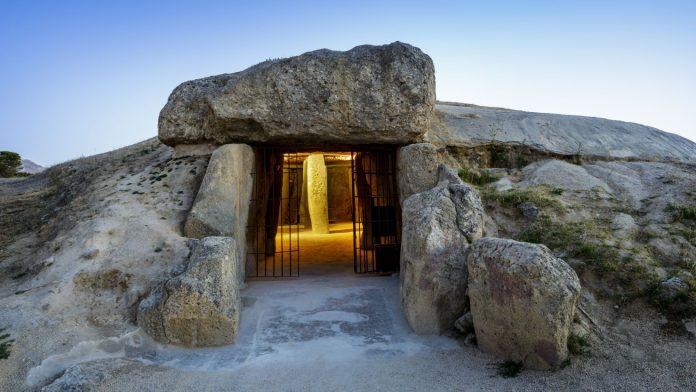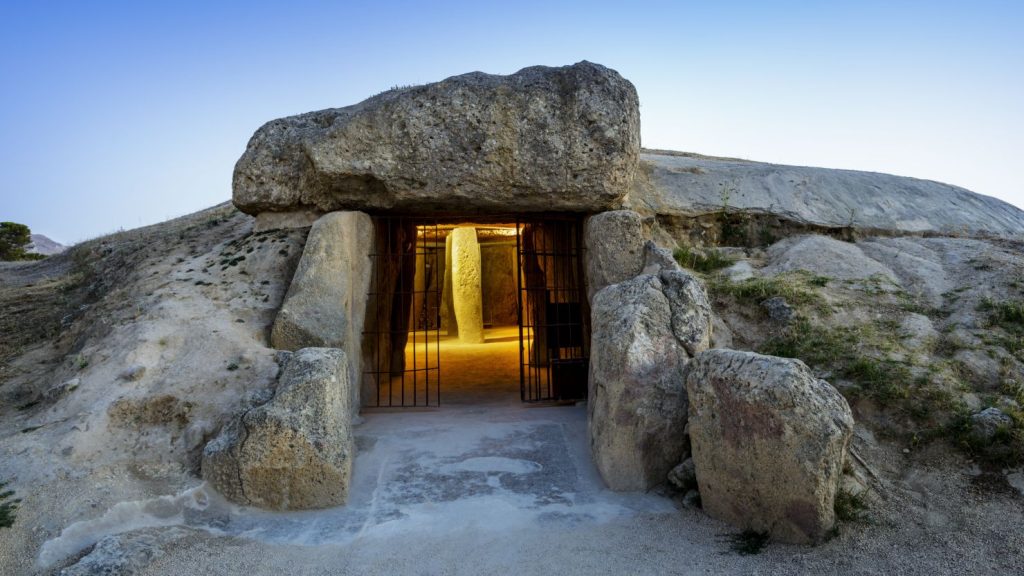
“If any engineer today tried to build Menga with the technology available 6,000 years ago, I don’t believe they could accomplish it.” So said Leonardo García Sanjuán, co-author of a stunning piece of research, which encapsulates the amazement and astonishment surrounding the Dolmen of Menga a monument that continues to baffle convention when it comes to prehistoric ingenuity and intelligence.
Long relegated to the role of ancient, primitive societies, megalithic monuments like Menga are coming more and more to be reevaluated in light of modern science and technology. What recent research has found is that those who built southern Spain’s Neolithic period were not only master stoneworkers but possessed a highly advanced comprehension of physics, geometry, geology, and even astrophysics. What is being laid out here is an odyssey of the most astonishing aspects of the Menga Dolmen, all of which are testimonies to the advanced scientific knowledge of their creators and indicators that the roots of engineering greatness go deeper than previously imagined.

1. Monumental Scale: Surpassing Stonehenge and the Pyramids
Menga’s Dolmen, located in southern Spain, is a single-chambered monument constructed between 3800 and 3600 BCE. What sets it apart is its size 32 huge rocks, collectively weighing around 1,140 metric tons, comprise the monument, with the largest capstone tipping 150 tons five times heavier than Stonehenge’s biggest rock and equivalent to the blue whale’s weight according to recent research. The dolmen’s chamber is nearly 25 meters long and more than 5 meters wide, the earliest and largest of its kind in the Iberian Peninsula.
I tell students in my classrooms… the weight is heavier than two Boeing 747 aircraft combined,” García Sanjuán said in description of the recent interview with CNN. That scale demanded not only colossal manpower but also extensive knowledge of forces and materials.
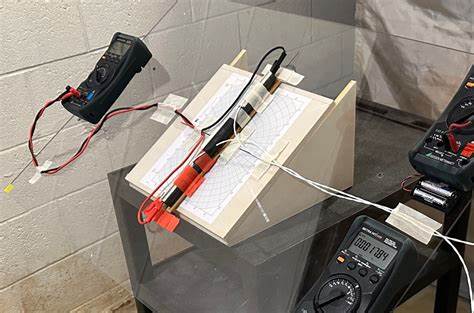
2. Masterful Transportation: Harness Gravity and Physics
This large size of rolling stones was not an easy undertaking. The builders sourced their material from a quarry approximately 850 meters away and 50 meters above the level of the dolmen’s site. This ingenious choice allowed them to utilize gravity and roll the stones downhill on a carefully constructed trackway.
Researchers believe that wooden sledges with wooden rails minimized friction, a concept that would not be formally expressed for thousands of years as described in Science Advances. The largest capstone was carefully managed so as not to damage it, showing how sophisticated the geology and mechanics knowledge of the builders were.
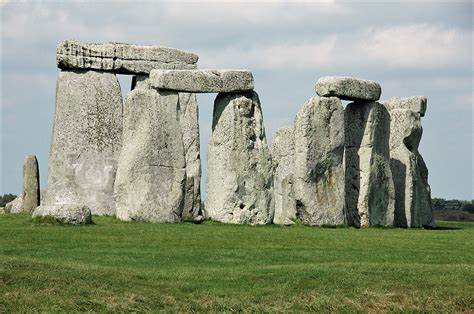
3. Precision Engineering: The Tetris of Megaliths
Inside the dolmen, the pillar stones are not standing at a sheer right angle to the earth. Instead, they lean inward by the same angle of 84 to 85 degrees, creating a trapezoidal chamber with a roof narrower than floor. This ingenious construction, done to a millimetric accuracy, was stable and capable of supporting the massive weight of capstones.
“They put a Tetris together out of this, like the video game,” García Sanjuán said to CNN. They trimmed each block so tightly against its neighbors that it held the building together and prevented it from falling down a task involving both advanced geometry and applied engineering.

4. Early Application of Scientific Methods and Tools
The consistency and accuracy of the stone alignments suggest that Neolithic engineers used plumb levels and framing squares tools more than a thousand years later. The researchers concluded that such accuracy could not have been achieved at random or by eye as described in the Science Advances report.
Laser scanning and sediment analysis revealed that the slope and depth of stone foundations were computed accurately, with a systematic approach similar to modern engineering practices.
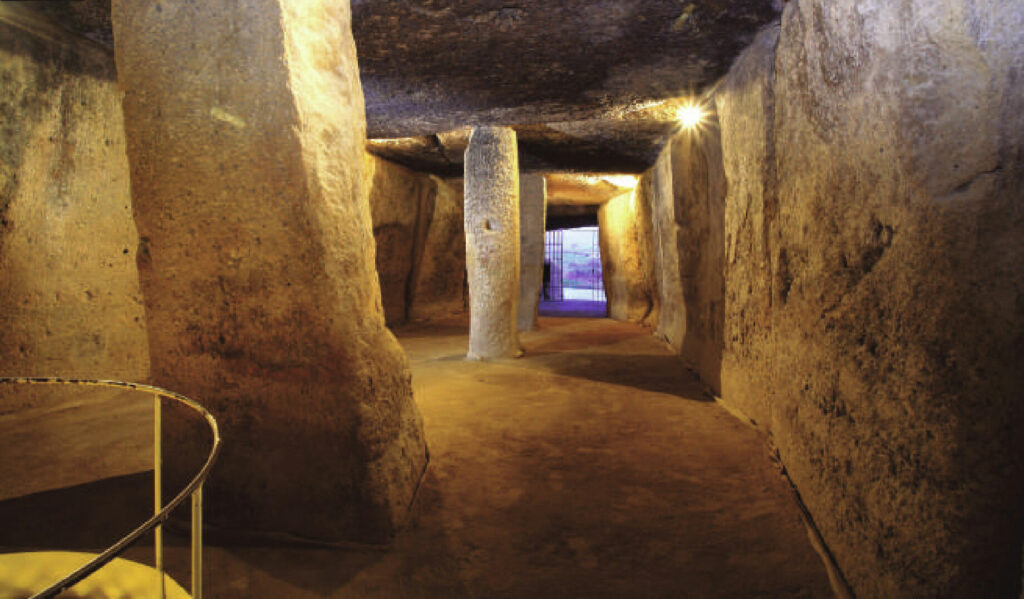
5. Advanced Foundation and Seismic Stability
A feature of the Menga Dolmen is a deep foundation. One-third of every standing stone is embedded in bedrock, a design that stabilizes the monument and lowers its center of mass, resisting earthquakes as identified in geoarchaeological research.
This pioneering adaptation, in earthquake country, is proof of an awareness of ecological concerns and the application of principles of science for the preservation of the monument’s long-term integrity.
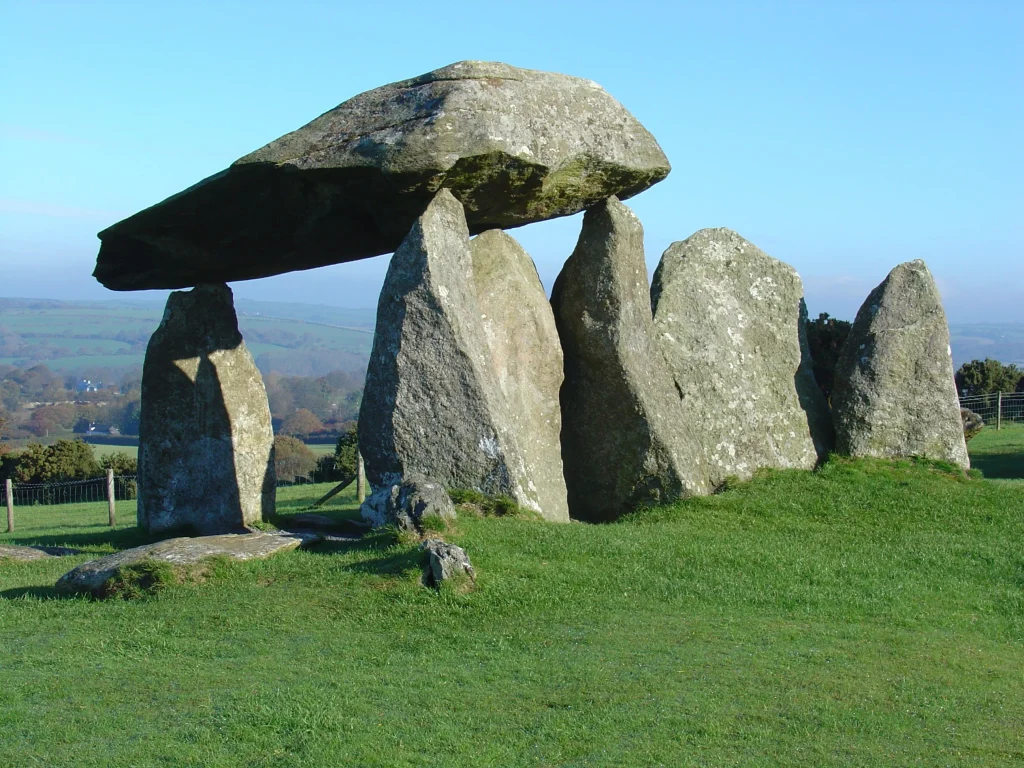
6. Load Control Distribution: The First Stress-Relief Arch
The dolmen’s capstones, especially the largest one, were not flat slabs as might be imagined. They had been carved in a very small convex curve so that the load could be distributed towards the sides rather than cause it to collapse. This is being referred to as the earliest observed stress-relief arch in stone construction from an engineering analysis perspective.
Such a solution to the problem of weight and stress would not appear in the written theory of architecture for thousands of years, a tribute to the intuitive knowledge of sophisticated mechanics by the builders.

7. Interlocking Stones: A Durable, Locked Framework
The stability of the dolmen is also aided by the interfitting alignment of its uprights. Concave surfaces were carved into the sides of each stone so that they fit together like a puzzle and supported one another. Each stone was made to bear and be borne by its neighbors and create a self-reinforcing structure by this technique.
All of the stones are cemented together and fixed into the bedrock,” García Sanjuán explained to CNN. This is rare in Neolithic monuments and shows a highly advanced knowledge of both building and material science.

8. Astronomical and Landscape Alignment
The Menga Dolmen is not only an engineering feat but also a scientific phenomenon. Its axis directs itself towards the mountain of Peña de los Enamorados, and light seeps into the chamber in a specific manner during the summer solstice as per the Science Advances study.
These alignments, characteristic of megalithic sites, suggest that Neolithic societies possessed a sound knowledge of astronomy and had purposefully incorporated it into their monumental architecture, giving their buildings symbolic and possibly ritual significance.
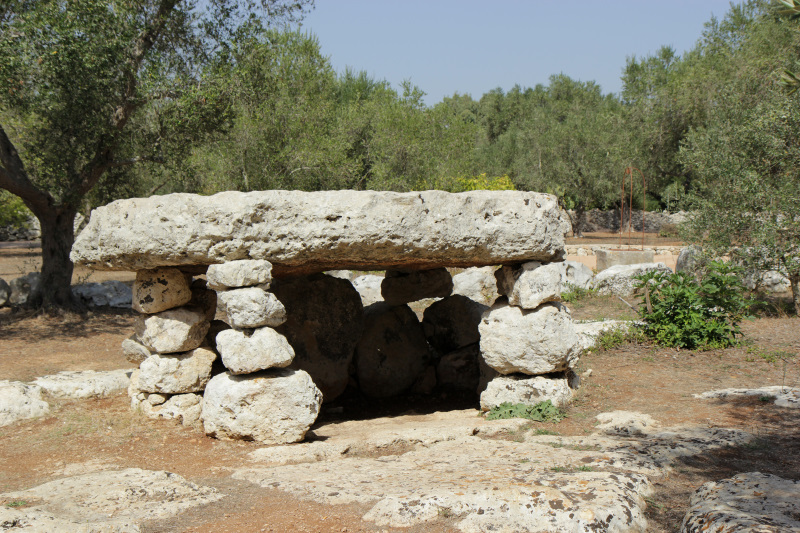
9. Perdurable Mystery and Social Structure
Although recent research has been explained, there are still certain enigmas that linger. The exact function of the dolmen tomb, temple, or both is still to be discovered. The reality is, however, that its creation necessitated the mobilization of a widespread, organized workforce and coordination of skilled artisans, suggestive of a sophisticated and capable society as set forth in multidisciplinary research.
The physical and cultural preservation of the monument stands as a testament to the ingenuity, the determination, and the scientific fervor of the constructors.
The Menga Dolmen is more than a fragment of ancient history it is a silent but eloquent witness to the fact that the roots of science and engineering reach deep into the past of human civilization. With each new find and discovery made by modern scholarship, it becomes more and more evident that Neolithic societies were not only crafty but intellectually risky, able to accomplish things that still surprise and impress us today.
